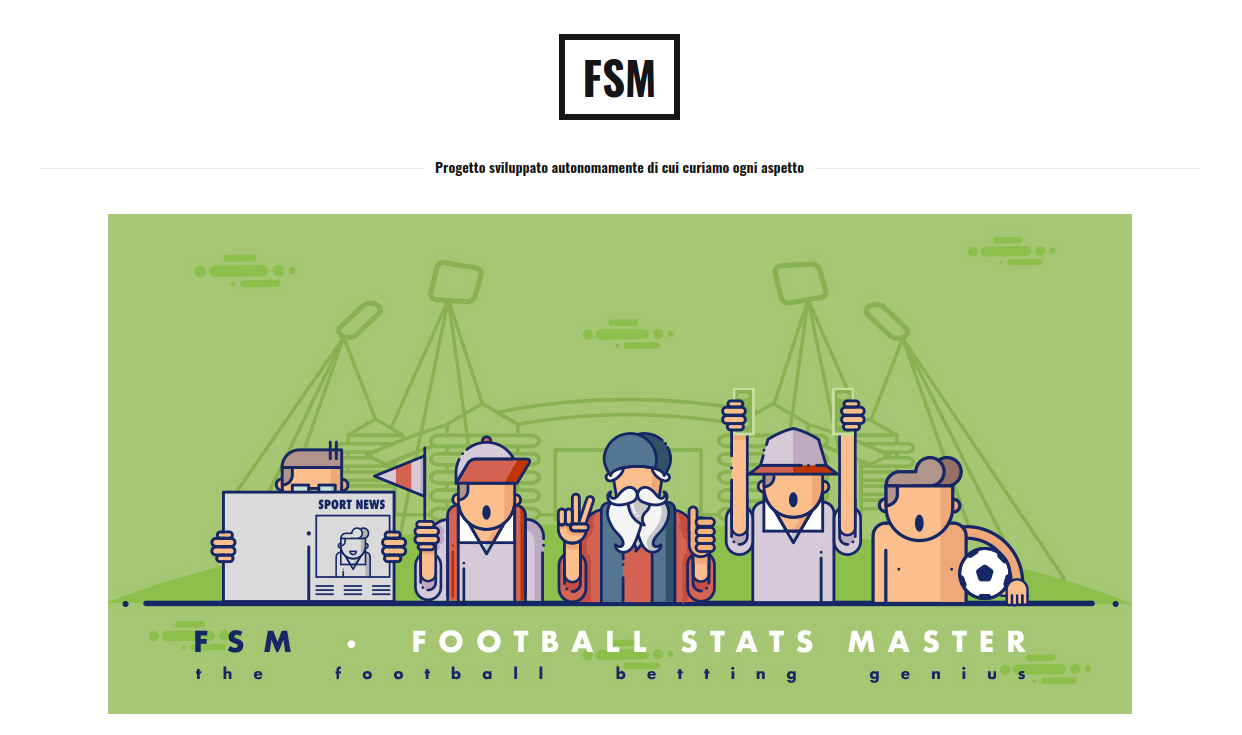Football betting is one of the most popular forms of sports wagering worldwide, attracting millions who try their luck based on knowledge, instinct, or sheer passion for the game. But to make the most out of this activity, it’s essential to understand how betting odds work. Odds are the backbone of any betting market—they tell you the potential winnings and reflect the probability of a specific outcome. Let’s take a closer look at how they function.
Different Types of Odds
Football betting odds are typically presented in three main formats:
- Decimal Odds: Common in Europe, Australia, and Canada. These are straightforward and show exactly how much you will win per unit bet.
- Fractional Odds: Popular in the UK and Ireland. These represent the profit in relation to the stake.
- Moneyline Odds: Mostly used in the US. Moneyline odds show how much you need to wager to win $100 or how much you’ll win if you bet $100.
Let’s say a team has decimal odds of 2.50. If you wager $10, your total return will be $25 ($15 profit + $10 stake). In fractional terms, this would be shown as 3/2, while the equivalent in moneyline might be +150.
Understanding Probability and Value
Odds not only determine how much you can win but also indicate the bookmaker’s view on the likelihood of an outcome. You can convert decimal odds to implied probability using this formula:
Implied Probability (%) = (1 / Decimal Odds) × 100
So, for odds of 2.00, the implied probability is 50%. If your assessment of the outcome gives it a higher chance, then this may present a value bet—an opportunity where the potential reward outweighs the risk based on your analysis.

Value betting is all about spotting these discrepancies. It requires in-depth knowledge, research, and sometimes a bit of gut feeling. But over time, chasing value rather than just winners can make a significant difference.
How Bookmakers Set Odds
Bookmakers have teams of statisticians and analysts who crunch numbers based on recent performances, team news, head-to-head records, and other data. They also factor in:
- Public Perception: Popular teams often have lower odds due to high demand from casual bettors.
- Injuries and Suspensions: A missing key player can shift the odds significantly.
- Home/Away Advantage: Historical trends play a role in affecting market values.
Once the initial odds are released, they can change based on betting volume and news updates to balance the sportsbook’s risk.
Using Odds Strategically
If you’re serious about football betting, mastering the use of odds is key. Here are a few practical tips:
- Compare Odds: Don’t settle for the first odds you see—shop around for better value across different bookmakers.
- Understand Market Movements: Sudden drops in odds can indicate valuable inside information or sharp betting action.
- Use Odds Calculators: These tools help you understand potential profits and compare formats effortlessly.
Additionally, keep an eye on in-play betting odds. These change dynamically as a match progresses, offering fresh opportunities—but also requiring fast decision-making and sound judgment.

Conclusion
Understanding how odds work in football betting is more than just knowing what numbers mean—it’s about recognizing value, predicting outcomes intelligently, and making informed wagers. Whether you’re placing a simple bet on your favorite team or digging into detailed analysis to find that edge, the odds are your guiding star. With the right approach, you’ll not only make betting more enjoyable but potentially more profitable.
